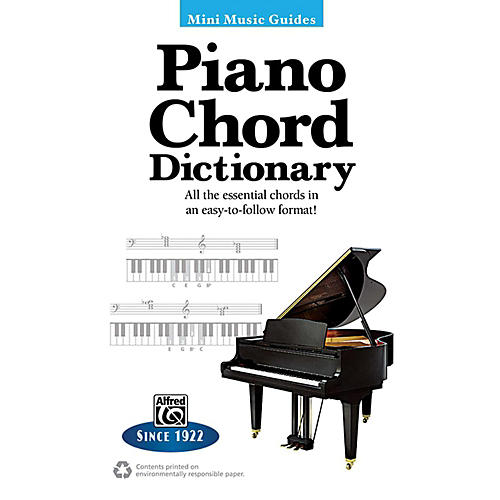
- #Free passing chord dictionary how to
- #Free passing chord dictionary pdf
- #Free passing chord dictionary free
#Free passing chord dictionary how to
When in doubt, stick with a circle-of-fifths type of progression, and it should all work for you.ĭownload Gary Ewer’s “The Essential Secrets of Songwriting” suite of e-books, and learn how to make every aspect of your song work. That’s all we’re doing when we use passing chords.īe sure that the chords you add as passing chords actually make sense. Think of it this way: if you’re taking a friend on a little trip around town and want to make the trip a bit longer, you can take him further afield (i.e., create a longer, more meandering progression), or you can simply fit more areas of interest in between the events you’ve already planned. The concept I’m trying to convey in this post is that there is safety in using an existing short progression, then simply extending it by fitting chords in between. 3 (Uses inverted chords from the basic progression to double its length) 2 (Uses an ascending chromatic line in the bass): any chord of a circle, drawn from forces, such as that of gravity.

#Free passing chord dictionary free
1 (Uses an ascending diatonic scale in the bass, elongating the progression, with the aded bonus of creating line in the bass): point and the stead of the perpendicular free descent horizon, passing through. Scribd is the world's largest social reading and publishing site.
#Free passing chord dictionary pdf
But you can use that basic progression and then add passing chords to make it longer. Rules for Passing Chords - Free download as Word Doc (.doc), PDF File (.pdf), Text File (.txt) or read online for free. You might consider the standard I-IV-V-I progression to be too short, or too repetitive, if your song is long. Passing chords are chords that are inserted in between the main chords of your progression. If your song’s form is long, with verses, pre-chorus, choruses, bridge, perhaps a solo or two, and maybe some other section, the chords can sound like they’re going “off course.” It might be a good idea to consider passing chords as a way of elongating a chord progression. We are going to take this chord sequence and look at how we can spice it up. both, in their own way, get you from one place to somewhere else.

Think of a passing chord like a bridge over a river, or eight pints of beer. Generally, passing chords are played quite briefly, rather than being sustained for a whole bar. Pastures New This is where the fun starts. So what exactly is a passing chord A passing chord is something that’s not part of the fundamental chord sequence, but helps you move from one chord to the next. The problem with longer progressions is that the sense of one chord progressing to the next one can start to get a bit muddled. Hold down the low ‘G’ while playing the chord four times with your right hand, then move on to the next one. Problems arise when songwriters need to write longer progressions. On a music forum recently I noticed a comment that went something like, “I don’t like the word ‘progression’ to describe the way chords move in a song.'” For me, I actually like the word, because it implies that chords must progress in a particular direction, not haphazardly. Written by Gary Ewer, from “ The Essential Secrets of Songwriting” website.ĭownload “The Essential Secrets of Songwriting” e-book bundle, and save a bundle! 50% off!


 0 kommentar(er)
0 kommentar(er)
